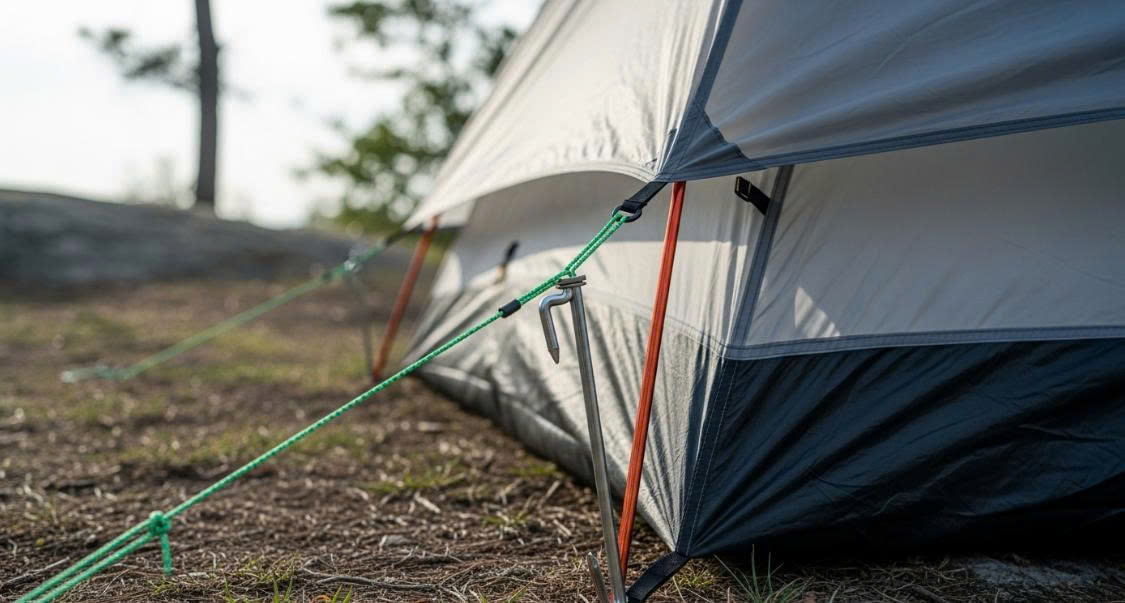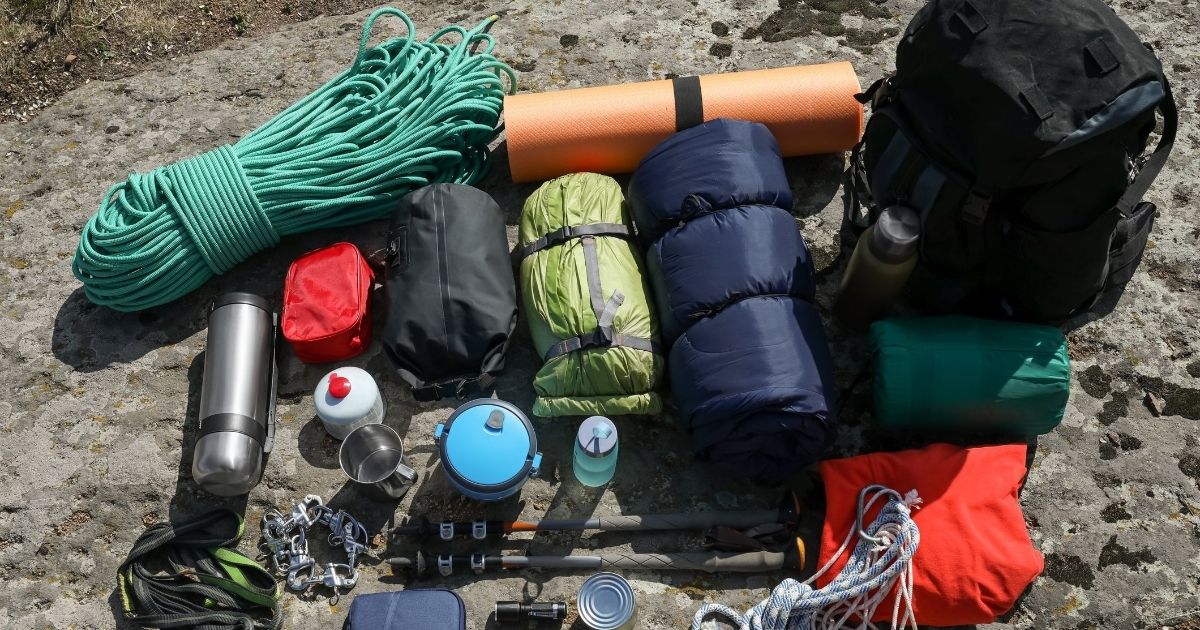In the realm of fitness, kettlebells have emerged as a versatile and effective tool for building strength, enhancing endurance, and improving overall functional fitness. Their unique design—a cast-iron ball with a handle—allows for dynamic movements that engage multiple muscle groups simultaneously. For beginners, kettlebells offer an accessible entry point into resistance training, requiring minimal equipment and space.

The Advantages of Kettlebell Training
1. Full-Body Engagement
Kettlebell exercises often involve compound movements that activate multiple muscle groups. For instance, the kettlebell swing engages the glutes, hamstrings, core, and shoulders, providing a comprehensive workout in a single movement.
2. Functional Strength Development
Many kettlebell movements mimic real-life activities, enhancing functional strength and improving daily performance. Exercises like the kettlebell carry simulate carrying groceries or lifting objects, promoting practical strength gains.
3. Cardiovascular Benefits
Dynamic kettlebell workouts elevate the heart rate, offering cardiovascular benefits alongside strength training. Incorporating high-intensity intervals with kettlebell exercises can improve aerobic capacity and endurance.
4. Time Efficiency
Due to their compound nature, kettlebell workouts can be shorter in duration while still delivering substantial results. A 20-minute kettlebell session can effectively target multiple fitness components, making it ideal for those with limited time.
Essential Kettlebell Exercises for Beginners
1. Kettlebell Deadlift
Target Muscles: Glutes, hamstrings, lower back
Instructions:
-
Stand with feet hip-width apart, kettlebell between your feet.
-
Hinge at the hips, keeping the back straight, and grasp the kettlebell handle.
-
Engage your glutes and hamstrings to lift the kettlebell, returning to a standing position.
-
Lower the kettlebell back to the ground with control.
2. Goblet Squat
Target Muscles: Quadriceps, glutes, core
Instructions:
-
Hold the kettlebell close to your chest with both hands.
-
Stand with feet shoulder-width apart.
-
Lower into a squat, keeping the chest upright and knees tracking over the toes.
-
Push through the heels to return to standing.
3. Kettlebell Swing
Target Muscles: Glutes, hamstrings, core, shoulders
Instructions:
-
Stand with feet slightly wider than hip-width apart, kettlebell on the ground in front of you.
-
Hinge at the hips to grasp the kettlebell handle with both hands.
-
Swing the kettlebell back between your legs, then thrust your hips forward to propel it to chest height.
-
Allow the kettlebell to swing back between your legs and repeat.
4. Kettlebell Row
Target Muscles: Upper back, biceps
Instructions:
-
Place the kettlebell on the ground next to your right foot.
-
Step your left foot back into a staggered stance.
-
Hinge at the hips and place your left hand on your left thigh for support.
-
With your right hand, lift the kettlebell towards your ribcage, keeping the elbow close to your body.
-
Lower the kettlebell back down with control.
5. Kettlebell Press
Target Muscles: Shoulders, triceps, core
Instructions:
-
Clean the kettlebell to shoulder height, resting it on the outside of your forearm.
-
Press the kettlebell overhead until your arm is fully extended.
-
Lower the kettlebell back to the starting position with control.
6. Kettlebell Lunge
Target Muscles: Quadriceps, glutes, hamstrings
Instructions:
-
Hold the kettlebell in the goblet position at chest height.
-
Step forward with your right foot into a lunge position, lowering your left knee towards the ground.
-
Push through your right heel to return to standing.
-
Repeat on the opposite side.
Structuring Your Beginner Kettlebell Workout
Warm-Up (5 minutes):
-
Bodyweight squats
-
Arm circles
-
Hip hinges
Workout Routine:
Perform each exercise for 3 sets of 10-12 repetitions, resting for 30-60 seconds between sets.
-
Kettlebell Deadlift
-
Goblet Squat
-
Kettlebell Swing
-
Kettlebell Row (each side)
-
Kettlebell Press (each side)
-
Kettlebell Lunge (each side)
Cool-Down (5 minutes):
-
Hamstring stretch
-
Quad stretch
-
Shoulder stretch
Tips for Success
-
Start Light: Begin with a lighter kettlebell to master form before progressing to heavier weights.
-
Focus on Form: Proper technique is crucial to prevent injury and maximize effectiveness.
-
Consistency is Key: Aim for 2-3 kettlebell sessions per week, allowing rest days in between.
-
Listen to Your Body: Pay attention to how your body responds and adjust intensity accordingly.
Conclusion: Embrace the Kettlebell Lifestyle
Incorporating kettlebell training into your fitness routine can lead to significant improvements in strength, endurance, and overall health. With their versatility and efficiency, kettlebells are an excellent choice for beginners seeking a comprehensive workout solution. Remember to prioritize proper form, progress gradually, and enjoy the journey towards a stronger, healthier you.







.jpg)
.jpg)






